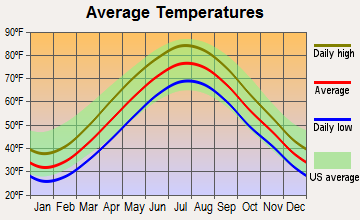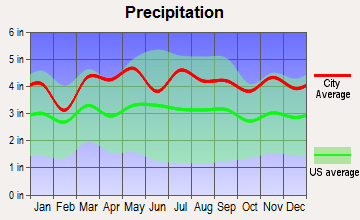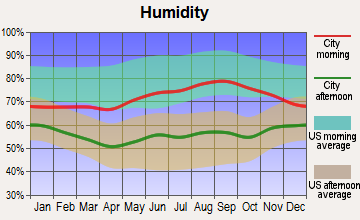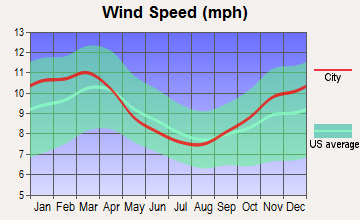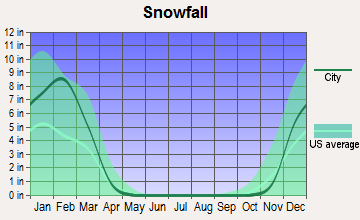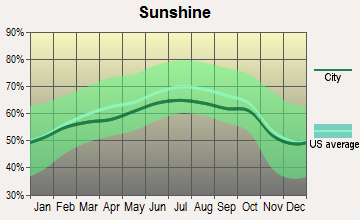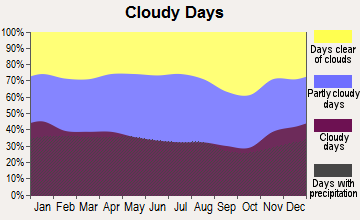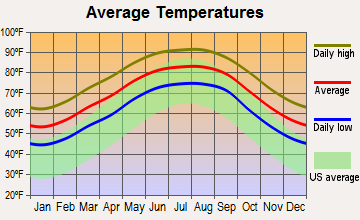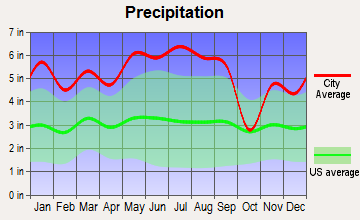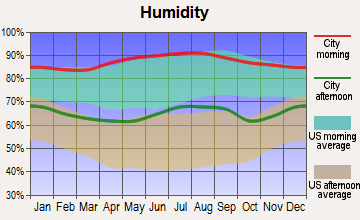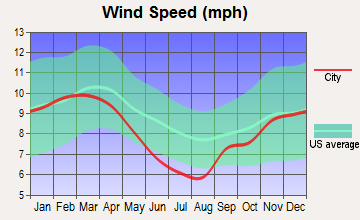 Manhattan, NY
Manhattan, NY
 New Orleans, LA
New Orleans, LA
Manhattan, NY and New Orleans, LA are two vibrant US cities, each boasting a unique blend of culture, economics and lifestyle. While Manhattan is renowned for its fast-paced urban life, high-rise buildings and dynamic economic scene, New Orleans is known for its rich history, music, and culinary excellence. The two cities nevertheless differ significantly in terms of safety, weather, cost of living, education, work economy, infrastructure, industries and occupations, tax rates, culture and food, sports, among other factors. An analysis of these factors should provide valuable insights for those considering relocation or a visit.

 | US cities with most identifiable/unique/robust local Black culture (tiered) (684 replies) |
 | Most "Walkable" City? (147 replies) |
 | Top 20 U.S. Cities by New Apartments Completed Between 2020-2022 (161 replies) |
 | America's Top 10 Downtown's (2290 replies) |
 | Visually appears like the largest city (excluding New York, Los Angeles, Chicago, Toronto) (421 replies) |
 | 25 Most Glamorous Cities in America, 2022 (242 replies) |
 Manhattan, NY and
Manhattan, NY and  New Orleans, LA : 1,170.4 miles
New Orleans, LA : 1,170.4 miles
Manhattan's population is larger by 330%. The population of New Orleans has decreased by 107,703 people (22.2%) during that time.
| Population | ||
| Type | Manhattan | New Orleans |
|---|---|---|
| Population | 1,621,897 | 376,971 |
| Female / male percentage | 52.5% / 47.5%
|
52.7% / 47.3%
|
When it comes to crime and safety, both Manhattan and New Orleans have their respective issues. While the crime rates in Manhattan have significantly dropped over the years, it's important to note that crime still exists, particularly in specific neighborhoods. New Orleans, on the other hand, has a high crime rate compared to national and state averages, particularly violent crimes though steps are being taken to improve safety. Tourists visiting either city are generally safe but are advised to take usual precautions such as staying in well-lit areas at night and being cautious of pickpockets.
Generally, the cost of living in Manhattan is considerably higher than in New Orleans. This includes housing, transportation, groceries, and healthcare. The high cost reflects on Manhattan's status as one of the world's major economic centers. On the contrary, New Orleans is among the most affordable American cities, with living costs below the national average. This offers prospective residents and tourists a cost-effective and fulfilling lifestyle.
State income tax is higher In New York than in Louisiana. In New York, it ranges from 4% to 8.82%. Louisiana's income tax rates range from 2% to 6%. Manhattan residents also pay New York City's own income tax, which adds to the tax burden.
NYC property tax rates are generally lower than many US cities, although the high property prices mean the actual amount paid is often high. New Orleans has moderate property tax rates but can vary considerably depending on city districts. For potential home buyers, these tax rates can significantly influence the decision.
New York State's sales tax is 4%, with another 4.5% added in Manhattan, making it a total of 8.875%. Louisiana has a state sales tax of 4.45%, but with local taxes, the total sales tax in New Orleans reaches 9.45%. This difference might impact daily expenses and shopping habits for residents and tourists.
| Income | ||
| Type | Manhattan | New Orleans |
|---|---|---|
| Estimated median household income | $84,435 | $46,942 |
| Estimated per capita income | $76,589 | $35,587 |
| Cost of living index (U.S. average is 100) | 185.3 | 97.9 |
If you make $50,000 in New Orleans, you will have to make $94,637 in Manhattan to maintain the same standard of living.
Manhattan is an island surrounded by the Hudson, East, and Harlem rivers. It offers iconic views, green spaces, and a skyline dominated by towering skyscrapers. Conversely, New Orleans is known for its bayous, Mississippi River, and below sea level altitude, which offers a unique blend of urban and natural beauty.
| Geographical information | ||
| Type | Manhattan | New Orleans |
|---|---|---|
| Land area | 23 sq. miles | 180.6 sq. miles |
| Population density | 70,629 people per sq. mile | 2,087.8 people per sq. mile |
 Manhattan, NY
Manhattan, NY
 New Orleans, LA
New Orleans, LA
Both cities are home to numerous educational institutions. Manhattan houses top-ranked universities like Columbia University and New York University, making it a coveted destination for students worldwide. New Orleans does not lag behind, with institutions like Tulane University and University of New Orleans offering various programs. Both cities offer diverse educational opportunities with a strong focus on inclusivity and accessibility.
| Education level (25-year-olds and older) | ||
| Type | Manhattan | New Orleans |
|---|---|---|
| Bachelor's degree or higher | 49.4% | 41.5% |
| Graduate or professional degree | 23.4% | 18.9% |
| High school or higher | 78.7% | 89.8% |
The work and economic landscape of Manhattan is heavily centered on finance, law, technology and entertainment, with Wall Street and Broadway being major economic landmarks. New Orleans has a diversified economy with healthcare, education, tourist, and cultural sectors playing significant roles. The unemployment rate tends to be higher in New Orleans compared to Manhattan, predominantly due to seasonal nature of tourism jobs.
Top employers in Manhattan include Barclays, JPMorgan Chase & Co., and Goldman Sachs Group among others. In New Orleans, they include Ochsner Health System, Tulane University, and LCMC Health, which collectively contribute significantly to the city's employment.
In Manhattan (New York County), 83.9% voted for Democrats and 14.9% for Republicans in 2012 Presidential Election. In New Orleans (Orleans Parish), 80.5% voted for Democrats and 17.8% for Republicans.
Weather plays a significant role in the quality of life in both cities. Manhattan has a temperate climate with hot summers and cold winters. New Orleans has a subtropical climate, with warm, humid summers and mild winters. The city is prone to hurricanes, so it's important to monitor weather updates, particularly during the hurricane season. For tourists, both cities offer unique experiences in all seasons, yet they should be aware of possible extreme weather conditions.
| Weather and climate | ||
| Type | Manhattan | New Orleans |
|---|---|---|
| Temperature - Average | 54.6°F | 69.6°F |
| Humidity - Average morning or afternoon humidity | 67.4% | 80.8% |
| Humidity - Differences between morning and afternoon humidity | 30% | 32% |
| Humidity - Maximum monthly morning or afternoon humidity | 77% | 91% |
| Humidity - Minimum monthly morning or afternoon humidity | 47% | 59% |
| Precipitation - Yearly average | 49.6 in | 62.2 in |
| Snowfall - Yearly average | 57.4 in | 0.2 in |
| Clouds - Number of days clear of clouds | 17.8% | 16.9% |
| Sunshine amount - Average | 60.2% | 63.7% |
| Sunshine amount - Differences during a year | 20% | 22% |
| Sunshine amount - Maximum monthly | 64% | 70% |
| Sunshine amount - Minimum monthly | 44% | 48% |
| Wind speed - Average | 6.7 mph | 8.7 mph |
| Natural disasters | ||
| Type | Manhattan | New Orleans |
|---|---|---|
| Tornado activity compared to U.S. average | 59.1% | 125.4% |
| Earthquake activity compared to U.S. average | 31.1% | 44.4% |
| Natural disasters compared to U.S. average | 18% | 21% |
Manhattan boasts an efficient public transit system, predominantly the subway, buses, and iconic yellow cabs. New Orleans has buses, streetcars, and ferries, but the city is more car-dependent than Manhattan. Tourists visiting either city can use a mixture of public transit and walking to get around.
| Transport | ||
| Type | Manhattan | New Orleans |
|---|---|---|
| Amtrak stations | 0 | 1 |
| Amtrak stations nearby | 3 | 1 |
| FAA registered aircraft | 2 | 201 |
| FAA registered aircraft manufacturers and dealers | 0 | 2 |
Real estate in Manhattan is among the most expensive in the world, with high demand for housing and commercial spaces. On the contrary, New Orleans offers reasonable real estate prices, though they've been rising in recent years due to an influx of new residents and investments.
Manhattan is home to a range of neighborhoods, each with its own charm and character, from the upscale Upper East Side to the artsy SoHo. New Orleans neighborhoods like the French Quarter and Garden District reflect the city’s cultural dynamism and historic appeal. This offers residents and tourists diverse experiences in different locales of the cities.
| Houses and residents | ||
| Type | Manhattan | New Orleans |
|---|---|---|
| Houses | 798,144 | 194,701 |
| Average household size (people) | 2 | 2.3 |
| Houses occupied | 738,644 (92.5%) | 158,827 (81.6%) |
| Houses occupied by owners | 148,695 (20.1%) | 83,516 (52.6%) |
| Houses occupied by renters | 589,949 (79.9%) | 75,311 (47.4%) |
| Median rent asked for vacant for-rent units | $1,690 | $1,126 |
| Median price asked for vacant for-sale houses and condos | $3,393,315 | $470,732 |
| Estimated median house or condo value | $940,900 | $279,100 |
| Median number of rooms in apartments | 3.2 | 4.4 |
| Median number of rooms in houses and condos | 4 | 6.3 |
| Renting percentage | 77.2% | 52.2% |
| Housing density (houses/condos per square mile) | 34,757 | 1,078.3 |
| Household income disparities | 47.8% | 53.1% |
| Housing units without a mortgage | 1,104 (40.3%) | 629 (1.3%) |
| Housing units with both a second mortgage and home equity loan | 13 (0.5%) | 3,326 (6.9%) |
| Housing units with a mortgage | 1,636 (59.7%) | 47,733 (98.7%) |
| Housing units with a home equity loan | 140 (5.1%) | 296 (0.6%) |
| Housing units with a second mortgage | 140 (5.1%) | 4,588 (9.5%) |
| Housing units lacking complete kitchen facilities | 2% | 5.6% |
| Housing units lacking complete plumbing facilities | 1.7% | 4.6% |
In Manhattan, the finance, information technology, and entertainment industries dominate, providing a range of high-paying job opportunities. New Orleans' economy is centered around the healthcare, education, tourism, and cultural sectors which offer a diverse range of occupations. This makes both cities attractive to job-seekers but in differing fields.
Manhattan boasts world-renowned medical institutions like New York-Presbyterian and Mount Sinai. New Orleans' healthcare is marked by quality healthcare facilities like Ochsner Medical Center and Tulane Medical Center. Both cities offer exceptional healthcare services, though they may cater to different patient needs and budgets.
| Health (county statistics) | ||
| Type | Manhattan | New Orleans |
|---|---|---|
| General health status score of residents in this county from 1 (poor) to 5 (excellent) | 3.6 | 3.4 |
| Average weight of females (lbs) | 150.1 lbs | 166.6 lbs |
| Average weight of males (lbs) | 180.1 lbs | 199.2 lbs |
| Residents visited a dentist within the past year | 77.7% | 64.3% |
| Residents exercised in the past month | 79% | 71% |
| Adult residents drank alcohol in the past 30 days | 84% | 55.6% |
| Residents smoked 100+ cigarettes in their lives | 46.3% | 43.7% |
Manhattan, as part of New York City, boasts robust and modern infrastructure, including a vast public transit network, extensive roadways, and world-class institutions. New Orleans has a historical charm to its infrastructure but was significantly affected by Hurricane Katrina, and recovery is still ongoing. Infrastructure developments are on the rise, marking a promising future for the city.
| Infrastructure | ||
| Type | Manhattan | New Orleans |
|---|---|---|
| TV stations | 30 | 15 |
Manhattan is a global cultural hub, famous for its Broadway shows, music events, museums, and diverse cuisine. New Orleans is synonymous with jazz music, Mardi Gras, and a rich food culture including Creole and Cajun cuisines. Both cities offer rich and diverse cultural experiences that attract millions of tourists annually.
Manhattan is home to iconic teams like the New York Yankees (MLB), and Knicks (NBA). New Orleans hosts the Saints (NFL), and Pelicans (NBA). Both cities have passionate fan bases and frequent games, which adds to the cities' lively atmospheres.
